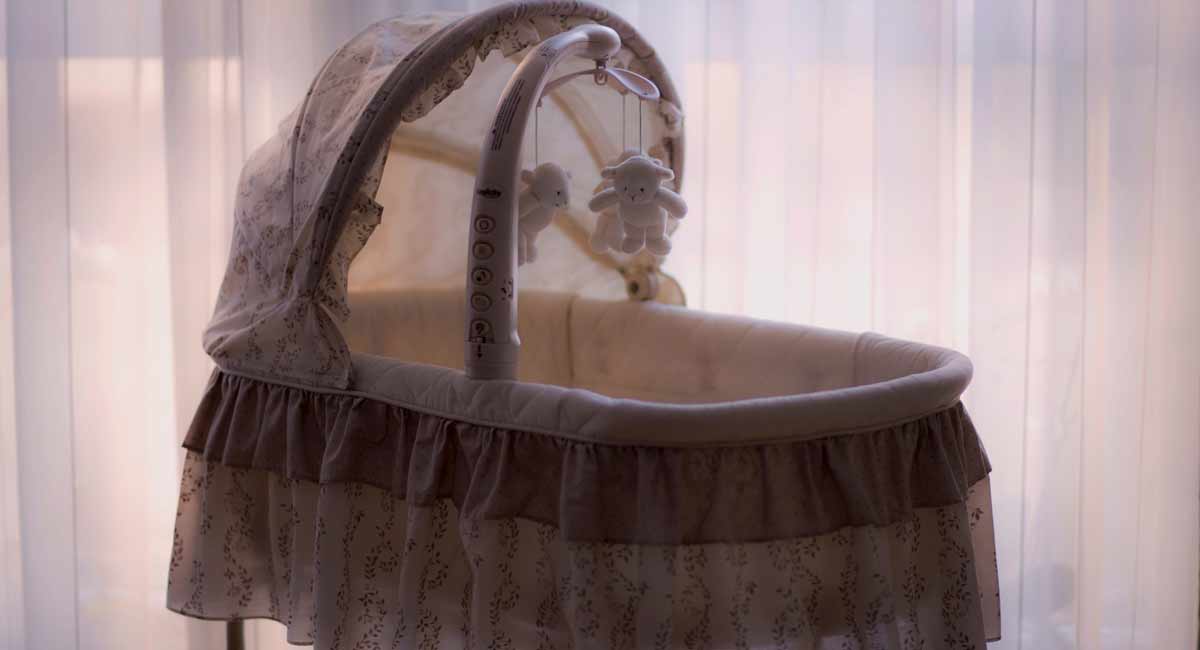For years, the abortion industry has touted choice, saying women should be able to have children when they are financially secure and ready to parent. The call for “reproductive freedom” has been championed so loudly that now, “[t]he human race is approaching the point where it’s no longer reproducing enough to expand the global headcount,” according to a recent story in Bloomberg, adding, “In the world’s biggest economies — the U.S., China, Japan and Germany — it’s already happening or will soon.” The story points out the population crisis is underpopulation, not overpopulation, as abortion advocates have perpetuated for years.
Of the four largest economies cited as having a declining birthrate, three are notable for their high abortion rates: Japan, China, and the U.S.
Newsweek notes that in Japan:
Abortion is illegal, but there is an exemption for economic hardship, which is claimed by most of the 200,000 women who have abortions each year in Japan.
“The rule is, you can only get it if you don’t have the money to support the child, but in reality we do the procedure for whoever needs it,” says Dr. Yoshiko Onishi of Tokyo’s Parkside Hiroo Ladies Clinic.
And few need to be enlightened on the problem of mass abortion in China. While a global leader in many areas, it’s a global leader in shame when it comes to its liberal abortion policy. Its infamous one-child policy left a horrific legacy:
China’s one-child policy was established by Chinese leader Deng Xiaoping in 1979 to restrict communist China’s population growth and limited couples to having only one child…. it remained in effect for more than 35 years. Fines, pressures to abort a pregnancy, and even forced sterilization of women accompanied second or subsequent pregnancies.
Concerns over “a shrinking labor pool and smaller young population to take care of the number of elderly people in ensuing decades” led to the policy’s relaxation, now allowing two children, but:
The one-child rule has been estimated to have reduced population growth in the country of nearly 1.4 billion (estimated, 2017) by as much as 300 million people over its first 20 years.
Of course, here in the U.S., abortion advocates have made the idea of having a child a complication rather than a treasure. “No woman should be forced to birth a baby!” they cry. “A woman isn’t free without unrestricted abortion access!” With close to a million abortions a year, the U.S. is easily killing off some of its own. Though the abortion rate is falling, it’s not fast enough, according to economists. Sadly, the U.S. abortion rate even made the top ten in the world, as reported by the United Nations in 2013.
The report says:
With a fertility rate of only 1.6, China’s population will drop 28 percent by 2100, ceding the title of world’s most-populous nation to India, the UN predicts. With a fertility rate of 1.4, Japan’s population will plunge 34 percent by 2100. The U.S.’s headcount is expected to keep growing, despite a low fertility rate of 1.8, because of large numbers of immigrants, though government policies could change that.
Indeed, immigration is one of the most obvious answers for economists, and it’s the reason Germany, with its low birth rate, is finally on the rise — despite concerns it was a frighteningly shrinking nation:
The message is that ongoing high immigration, coupled with a recent increase in the birth rate, could keep the country’s population stable for another forty years… In 2015, Germany recorded net migration of more than one million people as a result of the arrival of refugees from Syria, Iraq and Afghanistan. In 2016, that figure was 750,000 people.
Additionally, Bloomberg reports:
Germany’s fertility rate, at 1.5, is the highest in decades, thanks in part to a recent immigration surge but also to adoption of family-friendly policies, including raising parental-leave allowances.
While Germany basically considers all abortion illegal, though there are some exceptions, in Japan, abortion advocates fear losing the ease of abortion access because of the declining birth rate, which is an echo of what U.S. abortion advocates say when they see conservative policies put in place.
Further complicating the U.S. problem of a declining birth rate is the reduction of immigration. In addition to stricter immigration policies, there is growing sentiment against refugees. Germany has increased its population enough to reverse the crushing effects of a population decline, largely through receiving refugees. Just this week, the U.S. announced it will receive the lowest number of refugees since the Refugee Act of 1980. Yet Bloomberg notes:
Economists say these countries could see slower economic growth unless they increase their working-age populations by accepting immigrants, possibly from regions with higher fertility rates, like parts of Asia and Africa.
Ironically, the consequences of lower fertility rates parallel some of the reasons abortion advocates say women should consider abortions — financial impact and security. Some of the causes of population declines, Bloomberg reports, include the fact that “[m]ore women are delaying marriage and children for work and education,” things abortion advocates say women should do, looking out for their own interests. But this may backfire, especially if the U.S. immigration rates fall. Bloomberg reports:
Since the 2007-2009 recession, productivity gains have been relatively meager, making low fertility rates an added problem. If fewer people work, there’s less income to go around. Fewer workers also mean less tax revenue for retirement and health-care programs. And that means governments might have to cut benefits, raise taxes or borrow more, pitting the old and young against each other.
Looking out for number one now may result in less resources to help in the future. Obviously, choosing adoption over abortion is an answer to both fertility rates and for women unable to parent, but it’s a word abortion advocates rarely have in their vocabulary. Now, the industry that cries for unfettered abortion access may be fettering itself for a secure future.







